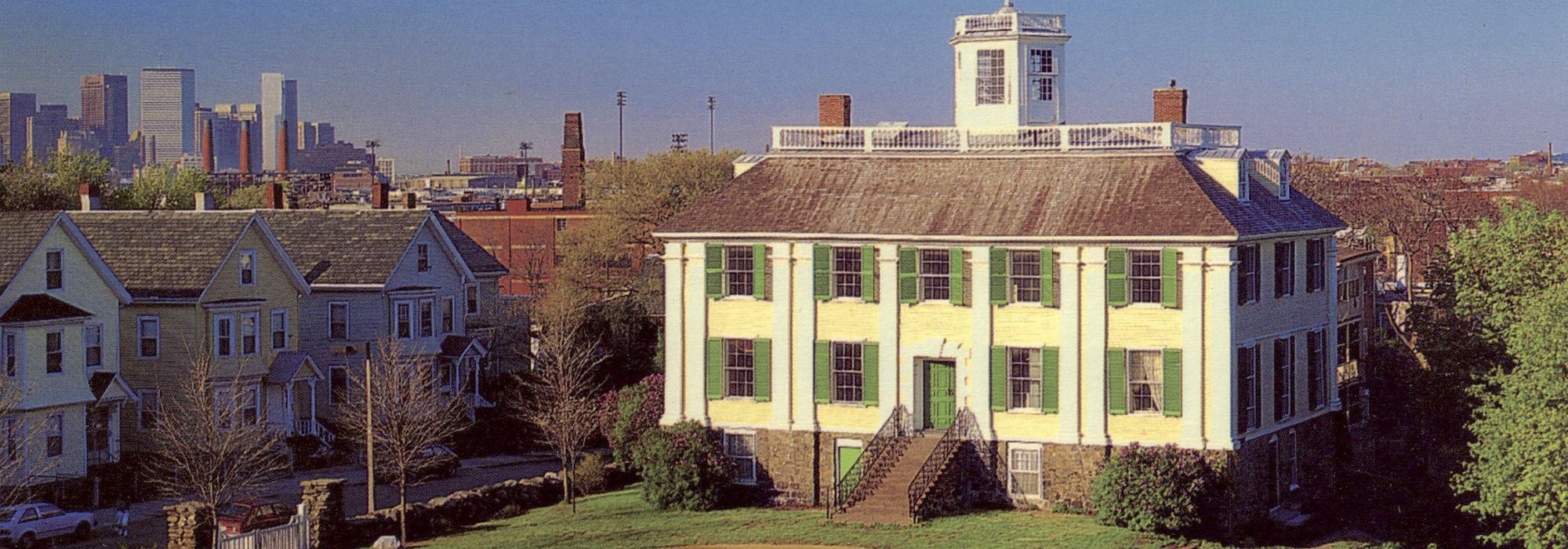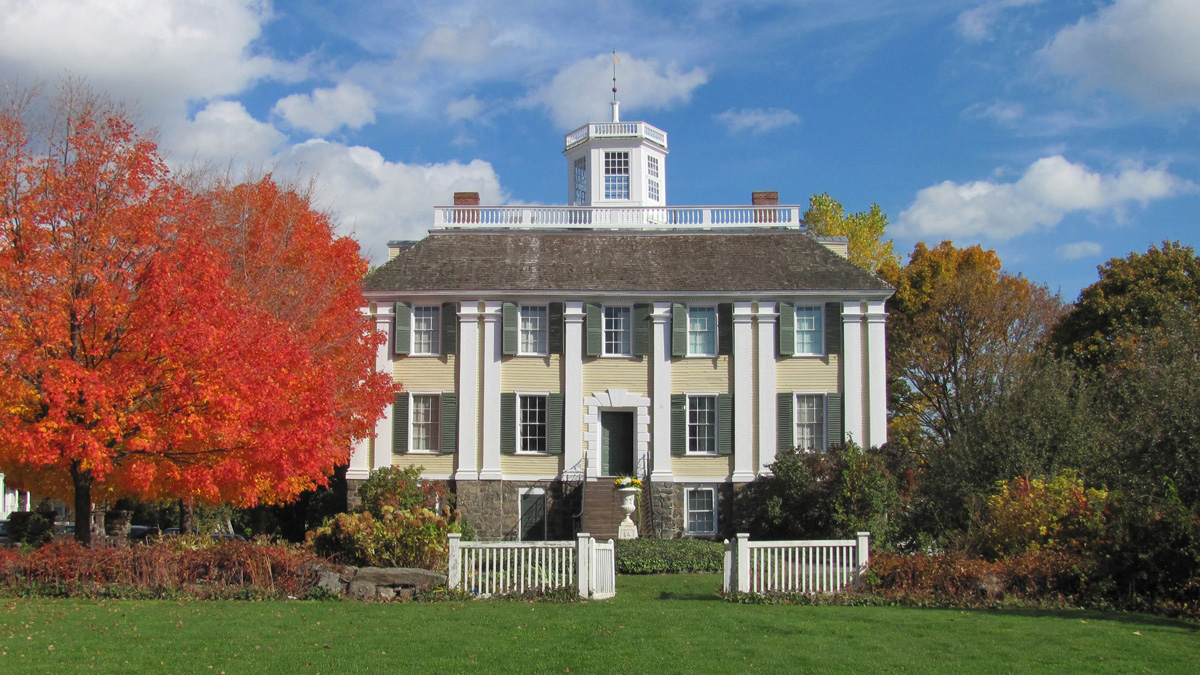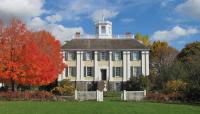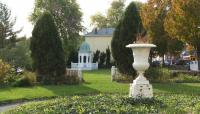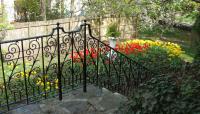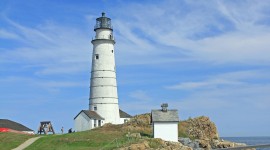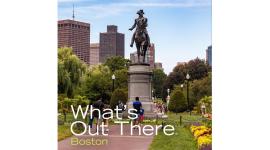Landscape Information
Situated on approximately one acre in Boston’s Roxbury neighborhood, this mansion was constructed from 1747 to 1751 by William Shirley, Royal Governor of the Massachusetts Bay Colony. The landscape was laid out by British troops returned from the Louisbourg Expedition (1757) under the direction of Governor Shirley’s wife Lady Frances, likely according to English design precedents depicted in a book published by John James in 1712. The design of the house is attributed to architect Peter Harrison, and architect Charles Bulfinch designed alterations in the late 1700s. Between 1800 and 1820 land was purchased across a 250-foot-long ornamental canal (buried below Rockford Street in the 1880s) by the Magee and Eustis families. In 1867 the house was moved slightly to accommodate the laying out of Shirley Street, and the surrounding land was platted into smaller lots. In 1913 William Sumner Appleton founded the Shirley-Eustis House Association. By this time the house had been divided into tenements and its rural setting destroyed by development. In the late 1960s the group was able to prevent the house from being demolished or relocated. Architects James Ballou, Robert Neiley, and McGinley Hart & Associates restored the mansion in the 1970s and 1980s. In 1980 landscape architect Morgan Wheelock restored and rehabilitated the property’s immediate terraces, grand lawn, and orchards. The house opened to the public in 1991.
A greensward extends southwest from the house and features a gazebo, a paved circular walkway with a central planting bed, and an eighteenth-century-inspired perennial and shrub garden designed by volunteers from the Community Outreach Group for Landscape Design of the Arnold Arboretum’s Landscape Institute. The property is encircled by a stone wall. Across Rockford Street is an orchard and the Ingersoll-Gardner Carriage House, which was donated to the association in 1998 and moved to the site in 2001. The mansion was designated a National Historic Landmark in 1960 and listed in the National Register of Historic Places in 1966.



